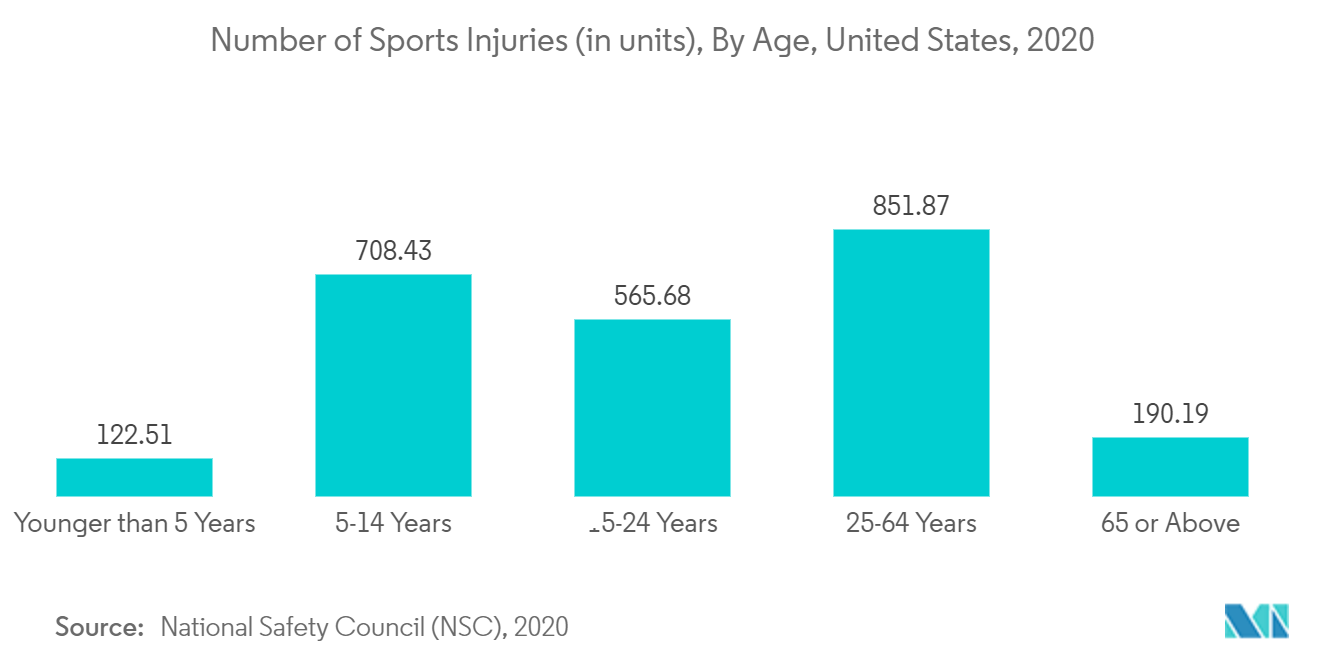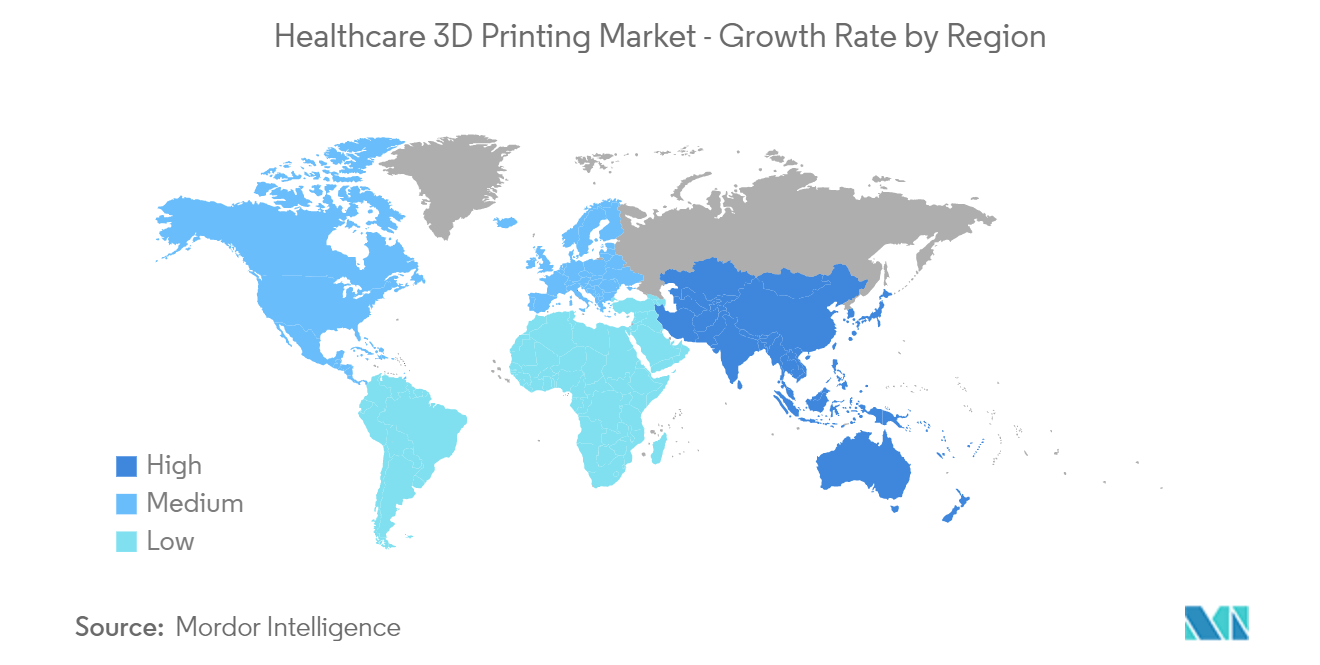Market Trends of Healthcare 3D Printing Industry
This section covers the major market trends shaping the Healthcare 3D Printing Market according to our research experts:
Metals and Alloy Segment is Expected to Witness Considerable Growth Over the Forecast Period
The metal and alloy sub-segment is expected to hold a significant market share in terms of the materials segment. Biocompatibility is of utmost importance for any 3D-printed device for implants or other medical uses. Any material used must comply with surface chemistry, surface topography, and other parameters that drive biological response to the implanted device.
Titanium alloy and pure titanium are the most preferred and biocompatible metallic materials for biomedical implants. Thus, 3D printing is the perfect technology, and a wide variety of biomaterials, such as metals and alloys, hydrogels, and polymeric biomaterials based on them, have been used and developed as inks for creating 3D structures with a wide range of sizes and stiffness. Titanium alloys like Ti6Al4V improve strength and have corrosion resistance. However, it is essential to consider that the high elastic modulus of titanium causes an elastic mismatch between the bones and the implant.
Titanium is one of the most widely adopted metals for 3D printing for medical applications. Per the NCBI article published in November 2020, Sandvik's additive manufacturing and metal powder specialists are preparing for the future of medical implants by working on the potential of 3D-printed titanium devices for the medical industry at its cutting-edge titanium powder plants in Sandviken, Sweden.
Furthermore, with technological advancements, 3D printing of titanium is expected to revolutionize medical device manufacturers over the forecast period. Also, increasing research and development are contributing to the segment's growth. For instance, in March 2021, I-Form, the Science Foundation Ireland research center for advanced manufacturing, partnered with Fort Wayne Metals to develop 3D-printed wires for next-gen medical devices.
Thus, due to the abovementioned factors, the segment is expected to experience growth over the forecast period.

North America is Expected to Witness Significant Growth Over the Forecast Period
North America is expected to dominate the overall healthcare 3D printing market over the forecast period, owing to factors such as increasing trends and developments in customized 3D printing and technological advancements, leading to enhanced applications. For instance, as per the research study of NCBI published in April 2020, 3D-printed ventilator splitters and adjustable flow control valves have been adapted, such as the no2covid-ONE valve, a single ventilator for use with multiple patients who have different oxygen requirements in the United States. Therefore, such increasing adoption of 3D printing is anticipated to boost the market in North America.
Key product launches, high concentration of market players or manufacturer's presence, acquisitions and partnerships among major players, and increasing research work in the United States are some of the factors driving the growth of the healthcare 3D printing market. For instance, in July 2022, the United States, Ohio State University, in collaboration with Nexxt Spine LLC, initiated a clinical trial to evaluate and compare radiographic and clinical outcomes in patients who are to undergo combined interbody/posterolateral lumbar fusion procedures, supplemented with pedicle screw instrumentation, using the Nexxt Spine Nexxt MatrixxTM 3D-printed titanium cage or the HonourTM poly-ether-ether-ketone cage.
Increasing strategic initiatives are also contributing to the market's growth. For instance, in March 2022, 3D LifePrints launched point-of-care medical 3D printing services in the United States.
Thus, the abovementioned factors are expected to drive market growth in North America during the forecast period.


